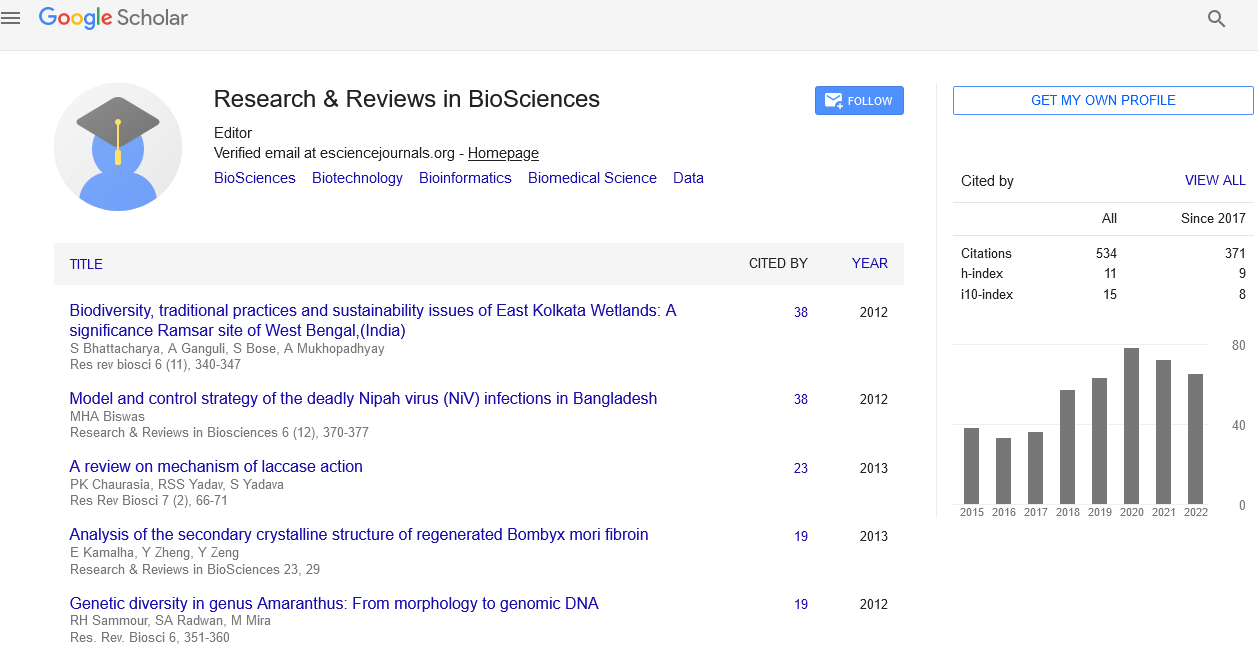Editorial
, Volume: 20( 1) DOI: 10.4172/tsrrb.2025.20(1).034Continental Drift and Microbial Evolution: Geological Influences on Prokaryotic and Eukaryotic Biogeography
Abstract
The theory of continental drift, first proposed by Alfred Wegener in 1912, revolutionized our understanding of Earth’s geological history. It posits that the continents were once part of a supercontinent Pangaea that fragmented and drifted apart over millions of years. This tectonic movement not only reshaped the planet’s surface but also profoundly influenced the distribution and evolution of life. While the biogeographic consequences for plants and animals are well documented, the impact on microbial life particularly prokaryotes and microbial eukaryotes is only beginning to be fully appreciated.
Abstract
The theory of continental drift, first proposed by Alfred Wegener in 1912, revolutionized our understanding of Earth’s geological history. It posits that the continents were once part of a supercontinent Pangaea that fragmented and drifted apart over millions of years. This tectonic movement not only reshaped the planet’s surface but also profoundly influenced the distribution and evolution of life. While the biogeographic consequences for plants and animals are well documented, the impact on microbial life particularly prokaryotes and microbial eukaryotes is only beginning to be fully appreciated.
